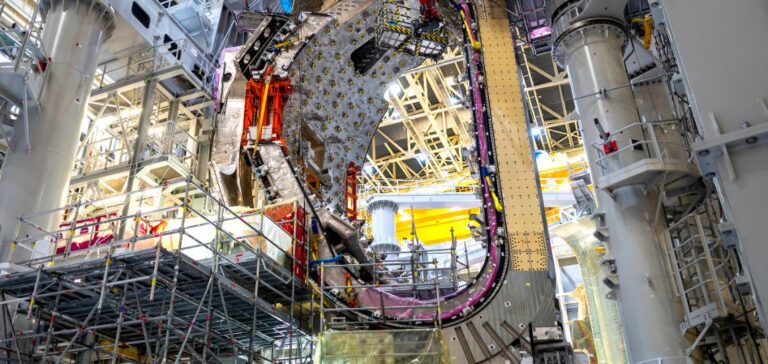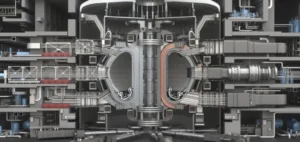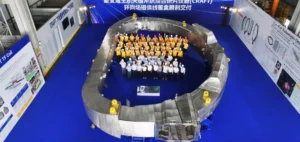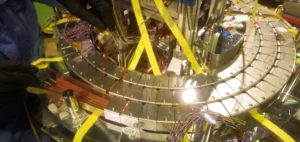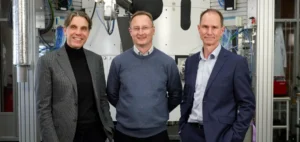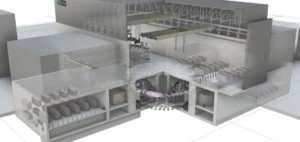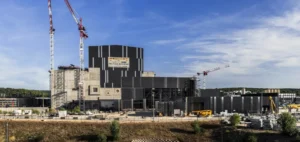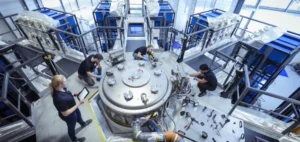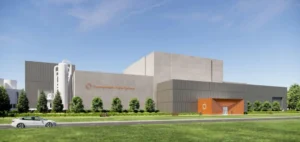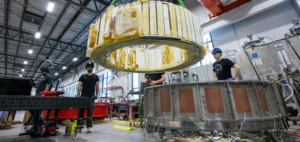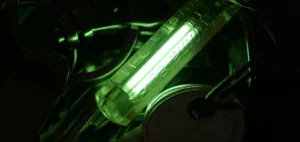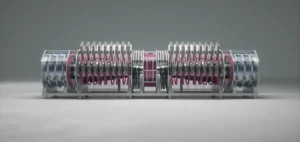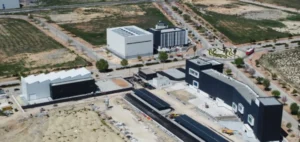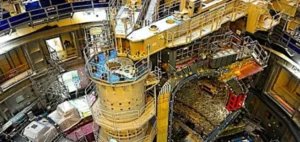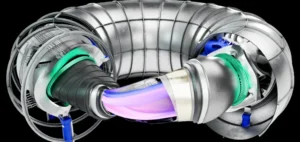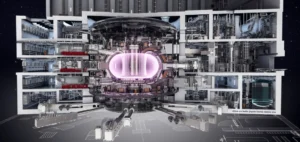The experimental ITER reactor (International Thermonuclear Experimental Reactor) will welcome the public on 17 May at its site located in Saint-Paul-lès-Durance, in the Bouches-du-Rhône department. The event is coordinated by the ITER Organization, in collaboration with the European agency Fusion for Energy, responsible for the European Union’s contribution to the project.
A scientific initiative of international scope, ITER brings together 35 participating countries, including the European Union, the United States, China, Russia, South Korea, Japan and India. The purpose of the installation is to demonstrate the technical viability of nuclear fusion as a long-term energy source. Under construction for several years, the complex remains one of the largest experimental projects in the field of plasma physics.
An exceptional opening of the scientific site
During this open day, the site’s visitor centre will offer equipment mock-ups, practical demonstrations and virtual reality experiences. Staff from technical teams, known as the “Plasmagicians”, will guide visitors through the main components of the facility.
Scientific mediators from the collective “Les Petits Débrouillards” will also take part in the event, alongside ITER ambassadors tasked with informing visitors about the reactor’s technological features. Entry to the site is subject to prior booking via the dedicated platform, due to security protocols in force.
The project continues its experimental development
The ITER site remains in an active construction phase, with regular schedule adjustments due to technical and logistical constraints. The ITER Organization confirmed that the first plasma production, a major milestone for the project, is now expected within the next decade.
The visits scheduled for 17 May will provide the public with a rare glimpse of a complex rarely accessible, involving several hundred specialists from the member countries of the consortium.


